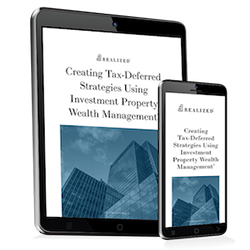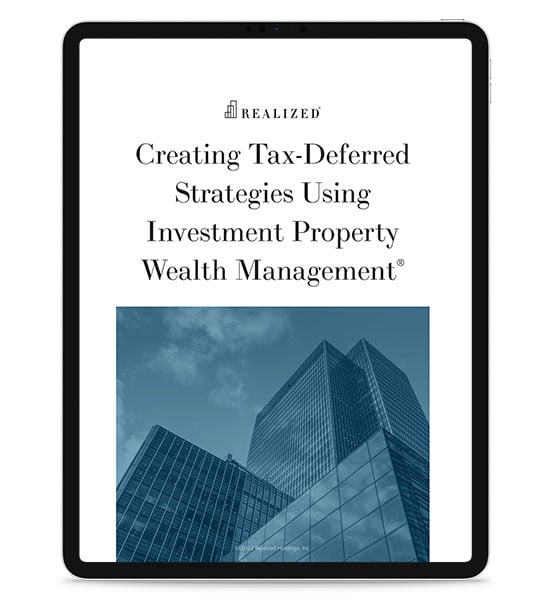
Beginning in the 2019 tax year, a new form was introduced by the IRS that was designed to evaluate and track the performance of Qualified Opportunity Funds (QOFs), which were created in 2017 as part of the Tax Cuts and Jobs Act.
Partnerships and corporations that invested in Qualified Opportunity Funds are likely already familiar with Form 8996. The form was created so that corporations and partnerships can certify that they are properly organized to invest in properties and businesses located in Qualified Opportunity Zones (QOZs).
In addition to providing a metric for tracking the performance of QOFs, Form 8996 also is used to ensure Qualified Opportunity Funds meet the 90 percent minimum investment standard, as well as to figure out the amount of any penalties that are to be levied against QOFs that didn’t meet this standard.¹
Understanding Form 8996
There are more than 8,700 Opportunity Zones in the U.S. These census tracts are lower-income geographic areas that have historically been overlooked by real estate and other types of investors. The Opportunity Zone tax incentive was designed to provide investors with tax deferral on capital gains when they invest in QOFs.
Investments in Qualified Opportunity Funds topped $29 billion in 2019, and nearly $25 billion in 2021²³⁴, which swings us back to Form 8996. There are five parts to the form:
- Part 1. Corporations and partnerships will use Part 1 of Form 8996 to inform the IRS which type of tax-paying entity they are self-certifying, as well as to disclose whether they have divested any investments or equity in Qualified Opportunity Funds.
- Part 2. This second part of Form 8996 is used to determine if the corporation or partnership has met the 90 percent minimum investment requirement. Taxpayers will calculate the percentage of Qualified Opportunity Zone property that’s held in both the first six months and last six months of the tax year.
- Part 3. The third part of the form weighs the results of Part 2. If a corporation or partnership has failed to meet the six-month and year-end tests in Part 2, they’ll move on to Part 4 so they can determine the penalty they must pay. Note: The IRS has provided some relief on the 90 percent minimum investment standard due to Covid-19. Discuss this step with an experienced tax professional to learn more.
- Part 4. This section is used to calculate applicable penalties for failing the 90 percent tests.
- Part 5. Here’s where you’ll list all the properties that are owned and leased by the QOF, as well as the Qualified Opportunity Zone tract number in which your QOF assets are located.
- Parts 6 and 7. These final sections are where you’ll list the stock or partnership interests the QOF holds.
The Bottom Line
Form 8996 is complex. Errors, omissions, or inaccuracies in a submitted Form 8996 could have serious tax implications and result in failure to defer capital gains. Corporations and partnerships that have invested in QOFs should work with an experienced tax professional to ensure they properly complete and submit Form 8996.
Sources:
1. Instructions for Form 8996, IRS.gov, https://www.irs.gov/instructions/i8996
2. Opportunity Zones: Data on Investment Activity, U.S. Government Accountability Office, https://www.gao.gov/products/gao-22-105526
3. Novogradac Report Shows Opportunity Zones Investment Grew 15.5% in First Half of 2021, Novoco.com, https://www.novoco.com/periodicals/articles/novogradac-report-shows-opportunity-zones-investment-grew-155-first-half-2021
4. Investments in Opportunity Zones Surged By 39% in Second Half of 2021, GlobeSt.com, https://www.globest.com/2022/02/25/investment-in-opportunity-zones-surged-by-39-in-second-half-of-2021/?slreturn=20220207142349



